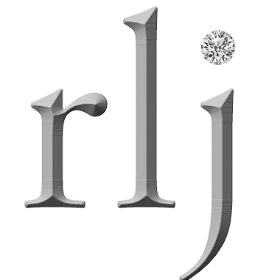Fabergé and his Eggs
Fabergé Eggs
May 30th marked the 166th birthday of Peter Carl Fabergé and the fact that his name is still almost universally recognized truly speaks to his skill as a jeweler and a goldsmith. When you hear the name Fabergé you most likely picture this:
This is the Russian Coronation Egg, definitely the most famous of the Fabergé eggs largely due to its frequency as an object of desire for thieves throughout Hollywood film history. But Carl and the Fabergé Company actually made dozens of eggs that were commissioned by the Tsar. This tradition started in 1885 when Tsar Alexander III ordered the first Fabergé Easter egg as a gift for his wife. For the first two years, the Tsar gave meticulous instructions for what the Fabergé eggs should look like and how they should be made. Once the Tsar realized Carl’s skill and creativity, after seeing the first two eggs, he immediately gave him complete design authority with the only stipulation that each egg must contain a surprise, as seen below.
The Fabergé Company went on to make dozens of this eggs commemorating more than just Easter. In fact there was an egg made for just about every milestone the Russian Royal Family celebrated. These eggs quickly garnered fame and fortune for the Fabergé family, but then the October Revolution came and quickly put an end to their business with the Tsar and his family. Carl fled with his family and eventually wound up in Paris, where his skill was once again recognized and rewarded.
Unfortunately many of the famous eggs were lost during the revolution or sold off shortly after so only a fraction of his breathtaking eggs survive today as a representative of his body of work. But the few remaining serve as a monument to Peter Carl Fabergé, his skill and his family.

